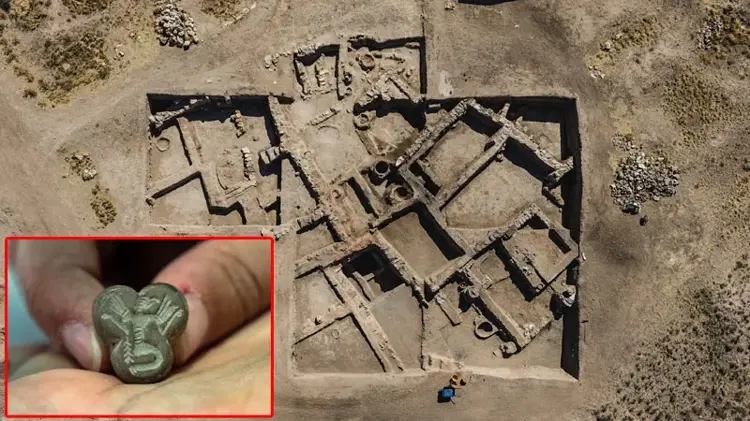
3,500-Year-Old Seal Depicting an Eagle-Headed Human Found in Karahöyük
The newly discovered seal featuring a human figure with an eagle’s head, found in Karahöyük in central Türkiye, provides a rare insight into the identity, symbolism, and belief systems of Bronze Age society. A Symbol of Power and Identity: The Eagle-Headed Human Seal Archaeologists excavating the ancient settlement of Karahöyük, located in Konya’s Meram district,

Rare 2,200-Year-Old Sun Dial Discovered at Aigai Ancient City in Türkiye
Archaeologists working in the ancient city of Aigai, one of Aiolis’ best-preserved settlements, have unearthed a remarkable Hellenistic-era sun dial dating back more than two millennia. The artifact, found in a single, undamaged piece inside the city’s Bouleuterion (council house), provides fresh evidence of the advanced scientific knowledge and artistic craftsmanship of the time. An

Ancient Church Dating Back 1,700 Years Discovered in Diyarbakır: Evidence of Byzantine Expansion East of the Euphrates
Archaeologists working in Türkiye’s southeastern Kulp district have uncovered the remains of a Roman-era church built around the mid-4th century A.D.. The discovery, made during excavations led by the Diyarbakır Museum Directorate, has provided striking evidence of Byzantine activity far beyond the traditional boundaries of the empire. The site, located in the rural village of
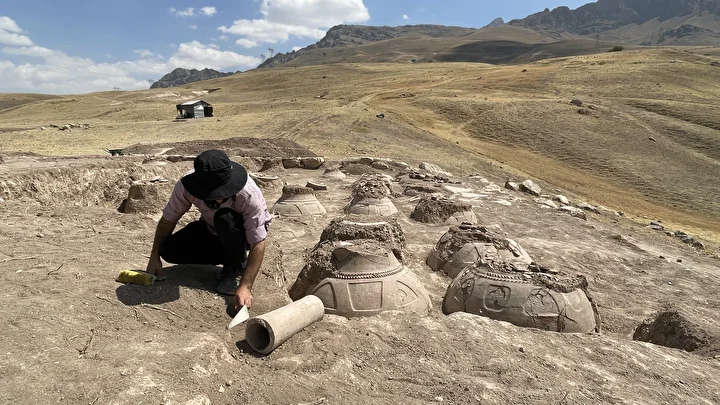
76 Cuneiform-Inscribed Pithoi Unearthed in Kevenli Fortress: Uncovering Urartu’s Largest Ancient Storage Center
Archaeologists in Türkiye’s eastern Van province have unearthed 76 massive pithoi (storage jars) inscribed with cuneiform markings at Kevenli Fortress, a Urartian stronghold on the slopes of Mount Erek. The exceptional find offers new insight into Urartu’s agricultural economy and stands as the largest known ancient storage facility in the Van region. Rare Inscriptions Reveal
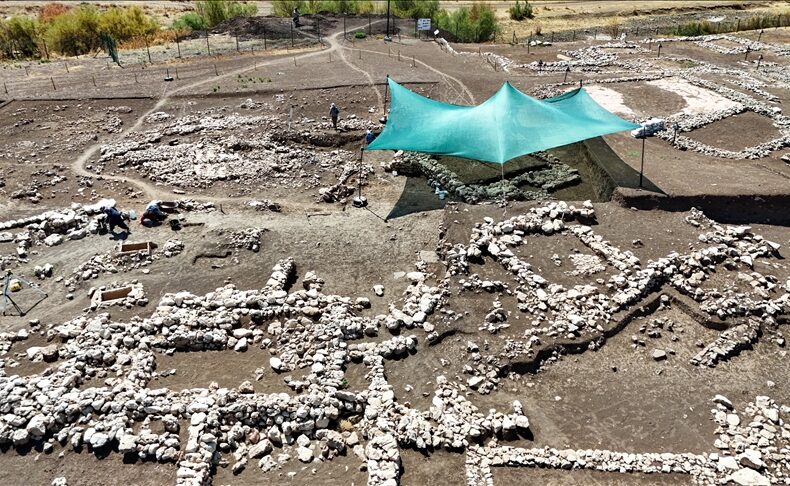
9,500-Year-Old Communal Structure with Red Floor Discovered at Türkiye’s Çayönü Tepesi
Archaeologists working at Çayönü Tepesi, a world-renowned Neolithic settlement in southeastern Türkiye, have unearthed a 9,500-year-old communal building distinguished by its vividly painted red floor. The discovery provides rare insight into early agricultural societies and the evolution of social organization in one of humanity’s earliest permanent villages. Excavations, which first began in 1964, are now

Traces of the Kaška People Unearthed at Oymaağaç Höyük: New Clues to the Hittite Sacred City of Nerik
In the Vezirköprü district of Samsun, northern Türkiye, Oymaağaç Höyük—identified over two decades of excavations as the Hittite sacred city of Nerik—has revealed new traces of the elusive Kaška people, one of Anatolia’s lesser-known indigenous groups. Recent finds, including architecture and pottery from the Middle Bronze Age and Iron Age, are offering unprecedented insights into

History Rises from the Depths: Lost Ottoman Shipwreck in the Mediterranean Marks a Milestone in Underwater Archaeology
A 17th-century Ottoman war and trade ship has been uncovered from the depths of the Mediterranean Sea, rewriting maritime history with its dramatic sinking story and an extraordinary trove of artifacts. Struck in battle, driven ashore, and engulfed in flames before sinking, the vessel has resurfaced centuries later as the first fully excavated Ottoman-era shipwreck
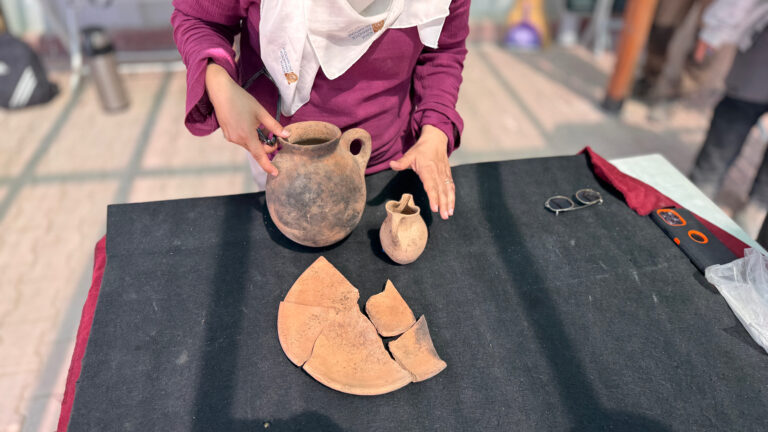
3,500-Year-Old ‘Kitchen Set’ Discovered at Karahöyük in Türkiye’s Central Anatolia
Archaeological excavations in Karahöyük, located in Konya’s Meram district, have revealed striking finds that shed light on everyday life in central Anatolia around 3,500 years ago. A complete kitchen set consisting of a jug, a plate, and a handled cup, along with silver plates wrapped in cloth, children’s toys, figurines, and cremation burials, has been
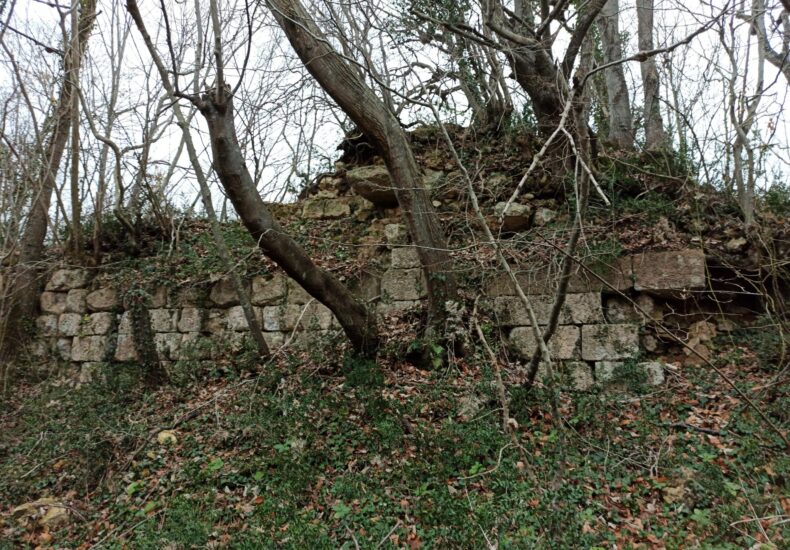
Byzantium’s Forgotten Defense Line: The 1,500-Year-Old Anastasian Wall
Few visitors exploring Istanbul’s historic treasures know that 65 kilometers west of the city, hidden among forests and fields, lies one of Byzantium’s most ambitious but forgotten fortifications: the Anastasian Wall, also known as the Long Walls of Thrace. Built in the early 6th century under Emperor Anastasios I, this massive line of defense once
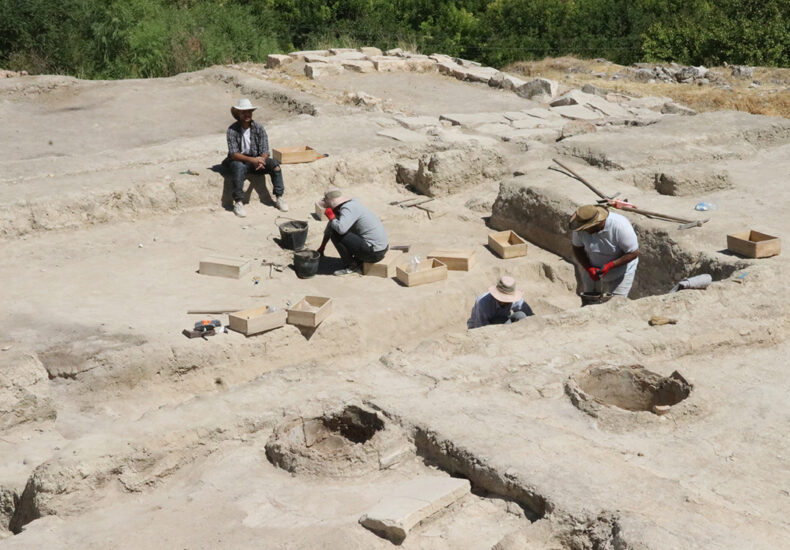
3,000-Year-Old Neo-Hittite Meat Oven Discovered at Arslantepe Mound
In eastern Türkiye, archaeologists at Arslantepe Mound have unearthed a 3,000-year-old underground meat oven dating to the Neo-Hittite period. Although resembling a traditional tandır, the structure served a different purpose. The discovery is regarded as a striking development for both archaeology and gastronomy. Located just 7 kilometers from Malatya’s city center, Arslantepe was continuously inhabited
